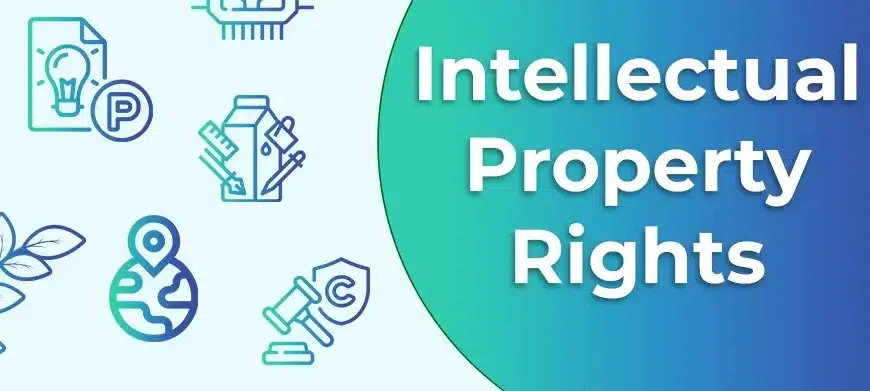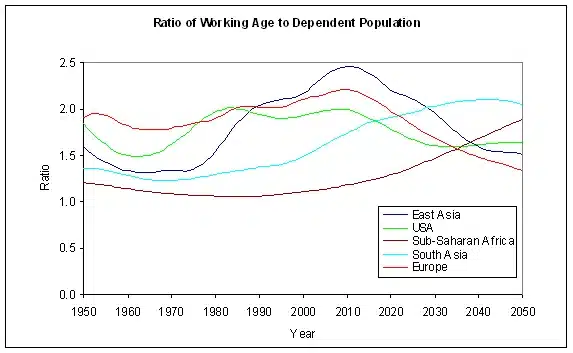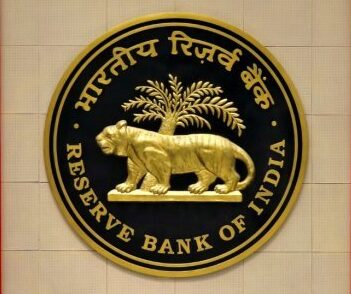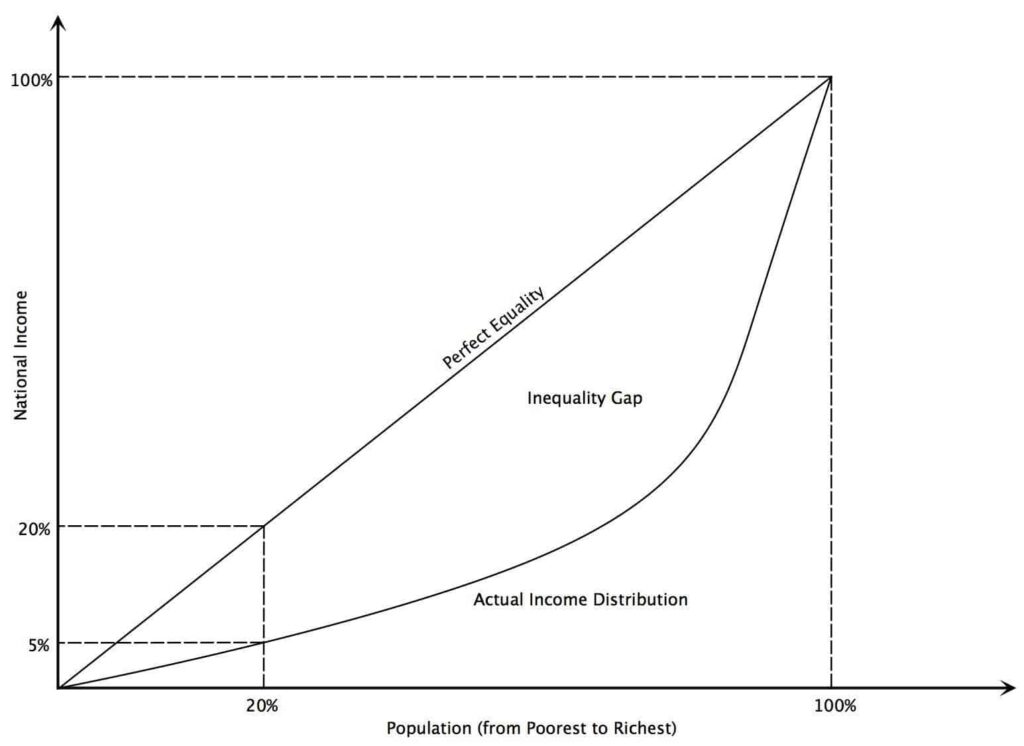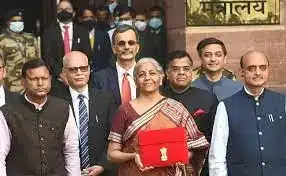Definition of Deficit
The gap between the receipts and expenditure is called deficit.
The Government Deficit is the amount of money in the budget set by which the government spending surpasses the revenue earned by the government. This deficit presents a picture of the financial health of the economy. To minimise the deficit or the gap between the expends and income, the government may reduce a few expenditures and also rise revenue initiating pursuits.
Different Types Of Deficit In A Government Budget
There can be different types of deficit in a budget depending upon the types of receipts and expenditure we take into consideration. Accordingly, there are three types of deficit, namely
- Revenue deficit
- Fiscal deficit and
- Primary deficit
- Monetised Deficit
Revenue Deficit
- Revenue deficit refers to the excess of government’s revenue expenditure over revenue receipts (Revenue deficit = Revenue expenditure – Revenue receipts).
- The revenue deficit includes only such transactions that affect the current income and expenditure of the government. When the government incurs a revenue deficit, it implies that the government is dissaving and is using up the savings of the other sectors of the economy to finance a part of its consumption expenditure.
- This situation means that the government will have to borrow not only to finance its investment but also its consumption requirements. This will lead to a build-up of stock of debt and interest liabilities and force the government, eventually, to cut expenditure. Since a major part of revenue expenditure is committed expenditure, it cannot be reduced.
- Often the government reduces productive capital expenditure or welfare expenditure. This would mean lower growth and adverse welfare implications.
Remedial measures:
A high revenue deficit warns the government either to curtail its expenditure or increase its tax and non-tax receipts. Thus, main remedies are:
(i) Government should raise rate of taxes especially on rich people and any new taxes where possible,
(ii) Government should try to reduce its expenditure and avoid unnecessary expenditure.
Main implications
(i) Reduction of assets: Revenue deficit indicates dissaving on government account because government has to make up the uncovered gap by drawing upon capital receipts either through borrowing or through sale of its assets (disinvestment).
(ii) Inflationary situation: Since borrowed funds from capital account are used to meet generally consumption expenditure of the government, it leads to inflationary situation in the economy with all its ills. Thus, revenue deficit may result either in increasing government liabilities or in reduction of government assets. Remember, revenue deficit implies a repa3Tnent burden in future without the benefit arising from investment.
(iii) More revenue deficit: Large borrowings to meet revenue deficit will increase debt burden due to repayment liability and interest payments. This may lead to larger and larger revenue deficits in future.
Effective Revenue Deficit
- Effective revenue deficit (ERD) is a new term introduced in the Union Budget 2011–12.
- It is the Revenue Deficit ‘excluding’ those revenue expenditures of the Government of India which were done in the form of GoCA
- (grants for creation of capital assets).
- The GoCA includes the Government of India grants forwarded to the states & UTs for the implementation of the centrally sponsored programmes such as Pradhan Mantri Gram Sadak Yojana, Accelerated Irrigation Benefit Programme, Jawaharlal Nehru National Urban Renewal Mission, etc.
- These expenses though they are shown by the Government of India in its Revenue Expenditures they are involved with asset creation and cannot be considered completely ‘unproductive’ like other items put in the basket of the Revenue Expenditures—the reason why a new ‘terminology’ was created.
Fiscal Deficit
- Fiscal deficit is the difference between the government’s total expenditure and its total receipts excluding borrowing.
- Gross fiscal deficit = Total expenditure – (Revenue receipts + Non-debt creating capital receipts)
- The fiscal deficit will have to be financed through borrowing. Thus, it indicates the total borrowing ! requirements of the government from all sources.
- From the financing side: Gross fiscal deficit = Net borrowing at home + Borrowing from RBI + Borrowing from abroad
- Net borrowing at home includes that directly borrowed from the public through debt instruments (for example, the various small savings schemes) and indirectly from commercial banks through Statutory Liquidity Ratio (SLR).
- The gross fiscal defecit is a key variable in judging the financial health of the public sector and the stability of the economy. From the way gross fiscal defecit is measured it can be seen that revenue deficit is a part of fiscal deficit.
- Fiscal Deficit = Revenue Deficit + Capital Expenditure – non-debt creating capital receipts.
- A large share of revenue defecit in fiscal defecit indicated that a large part of borrowing is being used to meet its consumption expenditure needs rather than investment.
Implications
(i) Debt traps:
Fiscal deficit is financed by borrowing. And borrowing creates problem of not only (a) payment of interest but also of (b) repayment of loans. As the government borrowing increases, its liability in future to repay loan amount along with interest thereon also increases. Payment of interest increases revenue expenditure leading to higher revenue deficit. Ultimately, government may be compelled to borrow to finance even interest payment leading to emergence of a vicious circle and debt trap.
(ii) Wasteful expenditure:
High fiscal deficit generally leads to wasteful and unnecessary expenditure by the government. It can create inflationary pressure in the economy.
(iii) Inflationary pressure:
As government borrows from RBI which meets this demand by printing of more currency notes (called deficit financing), it results in circulation of more money. This may cause inflationary pressure in the economy.
(iv) Partial use:
The entire amount of fiscal deficit, i.e., borrowing is not available for growth and development of economy because a part of it is used for interest payment. Only primary deficit (fiscal deficit-interest payment) is available for financing expenditure.
(v) Retards future growth:
Borrowing is in fact financial burden on future generation to pay loan and interest amount which retards growth of economy.
Measures to reduce fiscal deficit
(a) Measures to reduce public expenditure are:
(i) A drastic reduction in expenditure on major subsidies.
(ii) Reduction in expenditure on bonus, LTC, leaves encashment, etc.
(iii) Austerity steps to curtail non-plan expenditure.
(b) Measures to increase revenue are:
(i) Tax base should be broadened and concessions and reduction in taxes should be curtailed.
(ii) Tax evasion should be effectively checked.
(iii) More emphasis on direct taxes to increase revenue.
(iv) Restructuring and sale of shares in public sector units.
Primary Deficit
- Borrowing requirements of the government includes interest obligations on accumulated debt. The goal of measuring primary defecit is to focus on present fiscal imbalances.
- Primary deficit is used to obtain an estimate of borrowing on account of current expenditures exceeding revenues. It is simply the fiscal deficit minus the interest payments.
- Gross primary deficit = Gross fiscal deficit – Net interest liabilities
- Net interest liabilities consist of interest payments minus interest receipts by the government on net domestic lending.
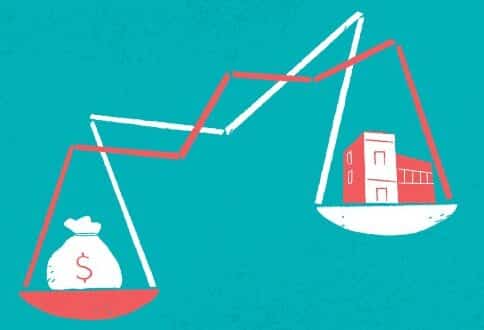
Monetised Deficit
The part of the fiscal deficit which was provided by the RBI to the government in a particular year is Monetised Deficit, this is a new term adopted since 1997–98 in India.
To finance its expenditures Government of India depends on short- and long-term borrowings. To borrow, Government issues short-term (Treasury Bills) and long-term (G-Secs) securities. These securities were to be subscribed (purchased) by the RBI on compulsory basis. The value of investment made by the RBI in the year used to be the monetised deficit of the Government.
Once the fiscal responsibility law was enacted (in 2003) situation has changed much. Since 1997, the RBI stopped being the primary subscriber of the Treasury Bills (rather RBI invests in them voluntarily) as an integral part of the ways and means advances (WMAs). Since 2013, an ad-hoc ‘14-Days Intermediate Treasury Bills’ have been put in place to meet the short term needs of the Government, which are not subscribed by the RBI. The compulsion for RBI to subscribe the G-Secs was also dropped in 2007 (now RBI just manages the borrowing programmes of the Government).
Thus, as RBI no longer subscribes the primary issuance of either Treasury Bills or the G-Secs, technically speaking monetised deficit looks phased out. But in practice, for the need of regulating monetary policy, RBI keeps buying and selling all of the Government securities (short- and long- term)— under the open market operations (OMOs). It means, on de-facto basis, RBI is not under any compulsion to invest in the Government securities, in reality it needs to deal with them (thus in reality, monetised deficits have kept occurring since 2007 also). It all depends on fiscal deficit—till budgets run in deficits, in reality, monetised deficits will be there.
Difference Between Fiscal Deficit and Revenue Deficit
| Fiscal Deficit | Revenue Deficit |
| The fiscal deficit is the excess of Budget Expenditure over Budget Receipt other than borrowings. | Revenue deficit is the surplus of Revenue Expenditure over Revenue Receipts. |
| It reflects the total government borrowings during a fiscal year. | It reflects the inefficiency of the government to reach its regular or recurring expenditure. |
| Budgetary Deficit – Borrowings Or BE – BR excluding Borrowings Or (RE +CE)–(RR+CR excluding borrowings) | Revenue expenditure –Revenue receipts. |
Difference between Fiscal deficit and Primary deficit
Fiscal deficit reflects the borrowing requirements of the government for financing the expenditure inclusive of interest payments. As against it, primary deficit shows the borrowing requirements of the government including interest payment for meeting expenditure. Thus, if primary deficit is zero, then fiscal deficit is equal to interest payment. Then it is not adding to the existing loan.
Thus, primary deficit is a narrower concept and a part of fiscal deficit because the latter also includes interest payment. It is generally used as a basic measure of fiscal irresponsibility. The difference between fiscal deficit and primary deficit reflects the amount of interest payments on public debt incurred in the past. Thus, a lower or zero primary deficits means that while its interest commitments on earlier loans have forced the government to borrow, it has realised the need to tighten its belt.
Difference Between Primary Deficit and Revenue Deficit
| Primary Deficit | Revenue Deficit |
| Primary Deficit is Fiscal Deficit net of Interest Payment. It is the difference between Fiscal Deficit and Interest payment. | Revenue deficit is the excess of revenue expenditure over revenue receipts. |
| It indicates the Borrowing requirements of the government for the purpose other than interest payment. | It reflects the inability of the government to meet its regular and recurring expenditure. |
| Fiscal deficit-Interest payment. Or BE excluding interest payment –BR excluding Borrowings Or(RE excluding Int. Payment + CE) –(RR + CR excluding borrowings) | Revenue expenditure – Revenue receipts. Or RE – RR |
Deficit Financing
- Deficit financing means generating funds to finance the deficit which results from excess of expenditure over revenue.
- For developing countries like India, higher economic growth is a priority. A higher economic growth requires finances. With the private sector being shy of making huge expenditure, the responsibility of drawing financial resources rests on the government.
- Often both the tax and non-tax revenues fail to mobilize enough resources just through taxes. The deficit is often funded through borrowings or printing new currency notes.
In India, deficit financing means “borrowings from the Reserve Bank of India against the issue of Treasury Bills and running down of accumulated cash balances”. When the government borrows from the Reserve Bank of India, it merely transfers its securities to the Bank. On the basis of these securities the bank issues more currency and puts them into circulation on behalf of the government. This amounts to the creation of money.
Different means of Deficit Financing
- External Aids are the best money as a means to fulfill a government’s deficit requirements even if it is coming with soft interest. If they are coming without interest nothing could be better.
- External Grants are even better which comes free (neither interest nor any repayment). But it either did not come to India or India did not accept it.
- Internal Borrowings comes as the third preferred route of fiscal deficit management. But when government borrows then less money left for general public and corporate world. Ultimately, economy heads for a double negative impact – lower investments and lower demands. The economy moves either for stagnation or for a slowdown.
- Printing currency is the last resort for the government in managing its deficit. Printing currency have damaging effects on the economy :
- It increases inflation proportionally.
- It brings in regular pressure on the governments for upward revision in wages and salaries of government employees – ultimately increasing the government expenditures necessitating the further printing of currency and further inflation – a vicious cycle into which economies entangle themslves.
- Foreign currency demand can not be fulfilled through this.
Also refer :


